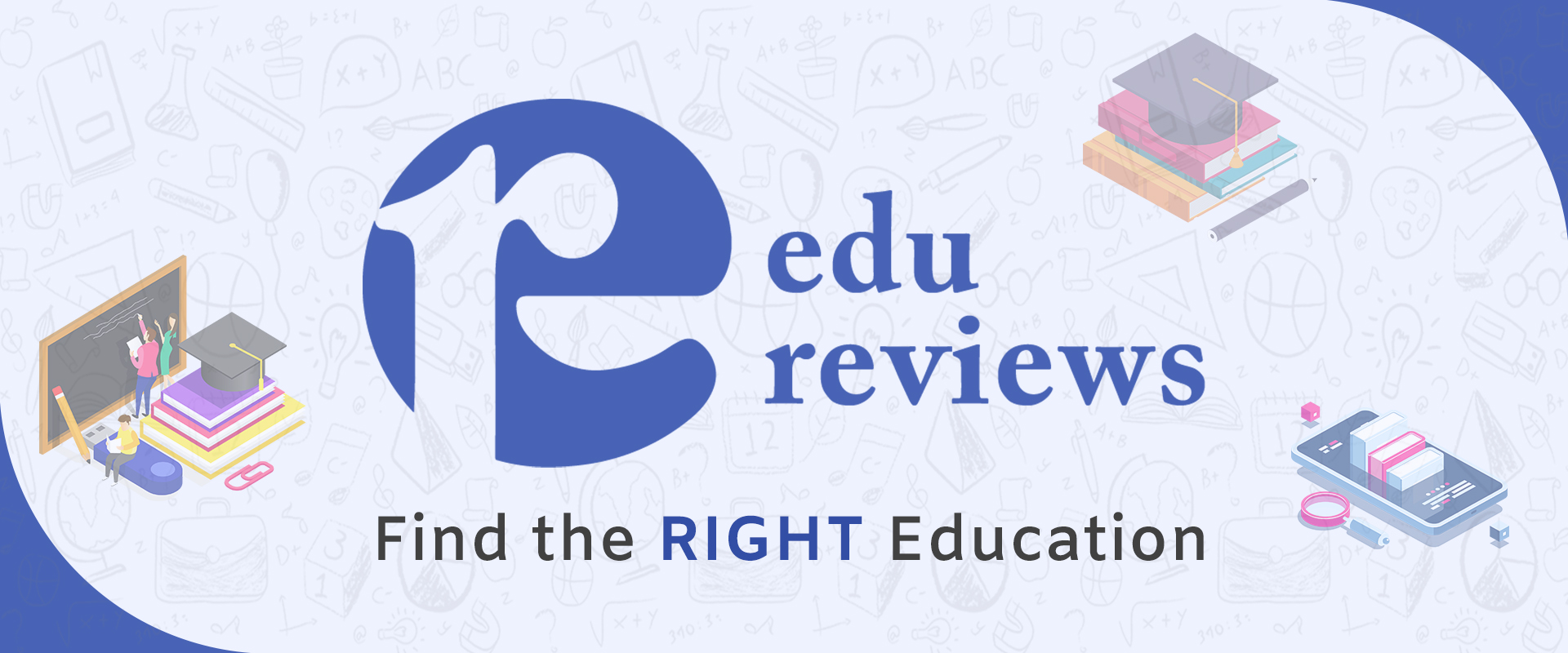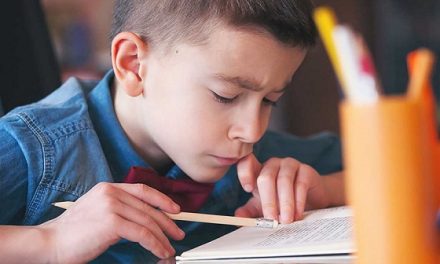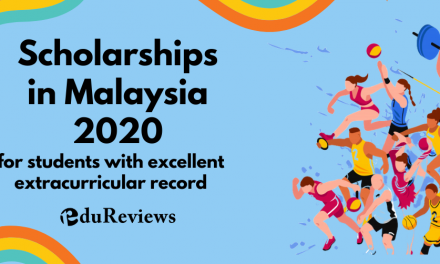In essence, Accelerated Learning (AL) is any multidimensional approach that speeds up a learning process. It should help learners to retain information in the most productive way by engaging with their all senses. This approach was first introduced by Dr.Lozanov, a psychiatrist in Sofia, Bulgaria, who studied the cases of high intelligence (e.g fast mathematical calculations and advanced memorisation) in the early 1960s.
He believed that learning can be expedited if we know how to organise and retrieve the information efficiently. So, in 1967 he conducted a study on 416 students to prove his point. In that study, he incorporated music, suggestions and games to see if the students would be able to learn a new language quickly. As a result, each student learned 80 words in one hour and they are able to recall 93% of the words correctly when they asked to. Interestingly, in traditional settings, students manage to only learn 7 words per hour.
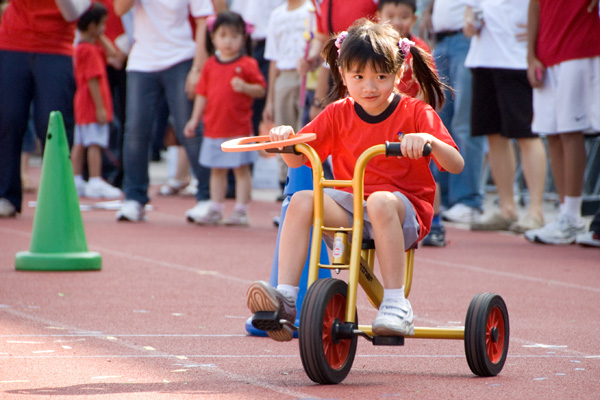 Source: Krisaliz Kindergarten
Source: Krisaliz Kindergarten
This concept was then further developed by Colin Rose in 1983 who argues that learning can also be accelerated if the learning style suits Gardner’s Multiple Intelligences theory. Meaning that, if the child has a higher linguistic-verbal tendency, then exposing them to activities that include writing and speaking will help them to retain the information better and longer. With this being said, Rose believes that schools should offer a variety of learning options for students so they can simultaneously engage and improve on their intelligence.
This resonates with the fact that our brain is a parallel processor, which means that it works much better when it receives several different inputs at once rather than focusing on one thing at a time. When both right and left hemisphere are engaged simultaneously, the brain demonstrated a better performance in absorbing and storing the stimuli.
The Principles of Accelerated Learning
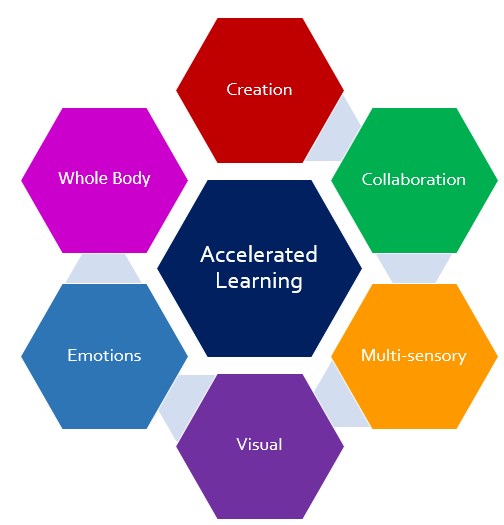
Source: Peak Performance Centre
Learning Involves the Whole Body and Mind
- While traditional learning often emphasises only on the ‘head’, AL pushes for a more wholesome learning that involves the whole mind and body.
- All five senses should be engaged during a child’s experimentation on learning.
Learning is Creation. Not Consumption
- Knowledge is not something that we should just passively receive. Students should actively participate in the process of creating knowledge.
- A child learns more when he imparts the skills and knowledge into a task at hand.
Collaboration Aids Learning
- Learning is a social experience, therefore it should be a collaborative process, not a competitive one.
- By interacting and seeking help from peers, teachers and parents, children are able to learn more and get the task done faster.
Learning Takes Place on Many Levels Simultaneously
- The brain works best when it is challenged with different tasks at once. Children should not just focus on merely how to read, write and count, they should also be exposed to different types of activities e.g. planting, drawing etc.
Learning Comes from Doing the Work Itself (Feedback)
- People learn best when given contexts. For example, you can’t teach a child how to play an instrument by just by telling them how to play it. The child needs to actually practice playing with the instrument to master it.
Positive Emotions Greatly Improve Learning
- Children taught in a positive and fun environment tend to exhibit a positive attitude towards education. This subsequently leads to faster absorption of knowledge.
- In contrast, when a child feels that the class is boring and stressful, it hinders their learning.
The Image Brain Absorbs Information Instantly and Automatically
- Generally, the human brain absorbs concrete visual input faster than abstract verbal stimuli. As such, should a teacher want to introduce students to an object or a concept, he or she should show students how does it looks like rather than just describing it with words.
Other Evidence to Support Accelerated Approach
Moscow, Russia (1973)
Using AL, Dr Smirnova from V.I Lenin Institute managed to get the students to study the fundamental of a new foreign language in the span of a month. They reported a sense of satisfaction and no fatigue during the learning process. In fact, their performance was three times better compared to when they learned the language traditionally.
Budapest, Hungary (1979)
When M. Rabsack applied AL to his 20 students, they successfully learned 2000 words in 23 days when they took 4 years to learn 3000 words previously.
Iowa, USA (1980)
Dr Don Schuster, a clinical psychologist at the Iowa State University, said that AL can produce ‘at least 300% improvement in the speed and effectiveness of learning’. He tested this by implementing meditations and classical music in his class and found that the students were able to accomplish a one year task in just 3 and a half months.
These are just some of the evidence that supports the effectiveness of AL. Should you be interested to learn more about the pre-schools that offer AL, do head to our Edu Reviews page! Also, do click here to know more about other pre-school approaches.



